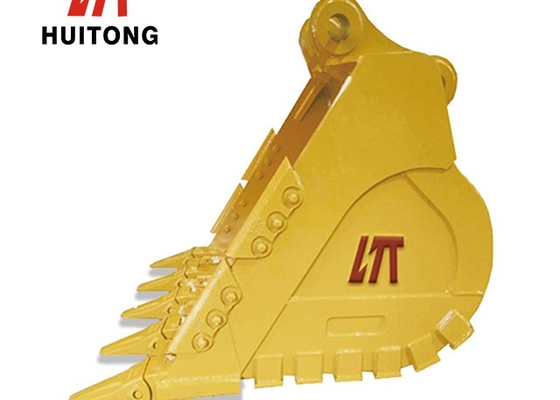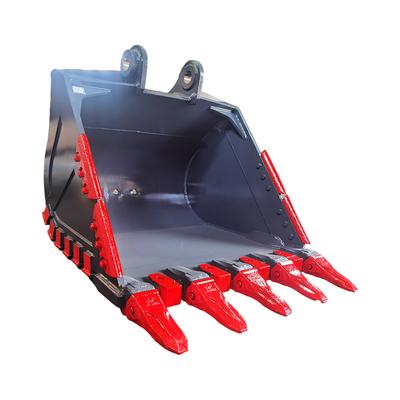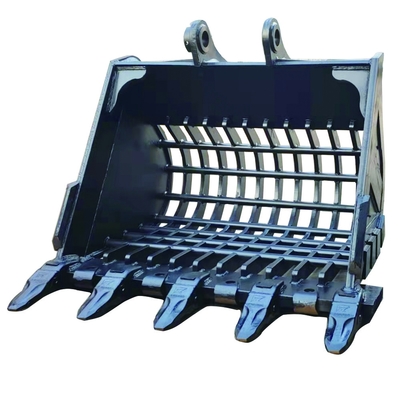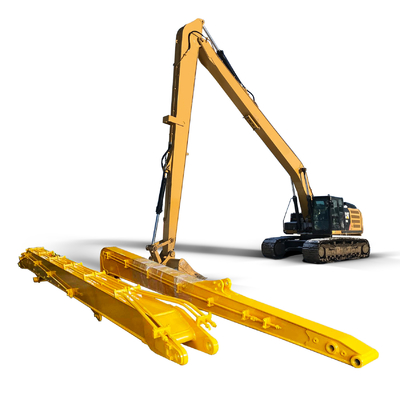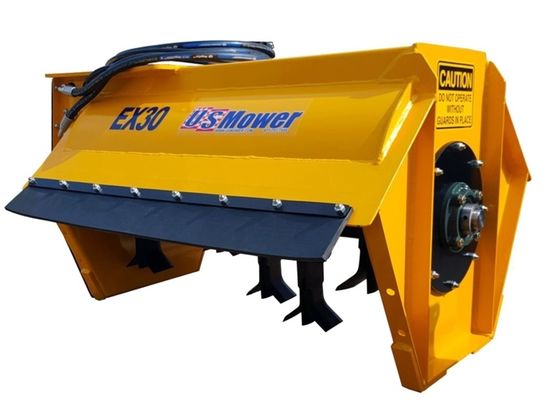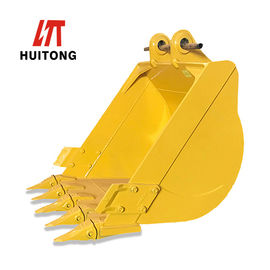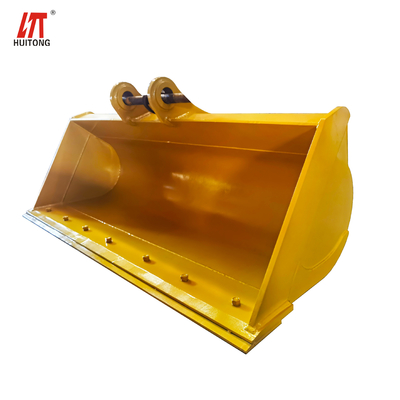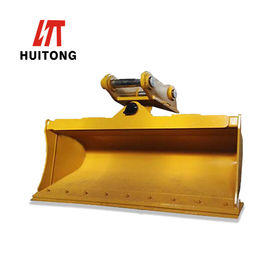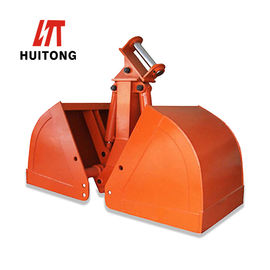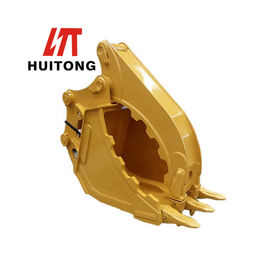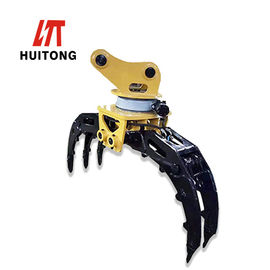Can't adjust the excavator rock breaker frequency?
Cause:
Check the frequency regulator of the excavator rock breaker. After removing the frequency adjustment, check the O-rings and find that there is deformation and damage, which makes it impossible to change the frequency.
Approach:
Replace the regulator O-ring.

Does the newly installed excavator rock breaker strike?
Cause:
It may be that the pipeline is reversed. The pipeline should be high pressure on one side of the cab and low pressure on one side, but the actual installation is reversed and the excavator rock breaker does not work. It is also possible that the valve plate on the multi-way valve of the excavator is stuck.
The high and low hoses are not installed correctly. One side of the cab is high and the other is low.
Approach:
1. Install the pipeline correctly.
2. Ensure the normal operation of the valve.

Is the front end of the piston broken?
Cause:
Metal fragments fall from the breaking hammer during use, and the fragments fall after the front cover. After dismantling, it was found that the striking surface of the front end of the piston was damaged. The steel drill used in the breaker was checked and it was self-made for the user. The hardness is too high. When it is higher than the hardness of the piston, the front end of the piston wears faster during operation.
Approach:
1. Correct the piston head with a polisher, but within a certain limit size.
2. Explain to the customer to purchase genuine parts. (Steel brazing)

What is the clearance for replacing the guide sleeve?
Approach:
Generally speaking, it is about 8 mm (the little finger can reach into the lower cylinder). If it is not replaced in time, the following consequences will occur:
⑴The gap between the steel drill and the bushing is too large. During the crushing operation, dust, foreign matter, etc. will enter the cylinder. With the reciprocating movement of the steel drill, the sealing components will be worn and damaged, causing oil leakage, black oil, etc.
⑵Because the gap is too large, there will be unilateral force, destroying the oil film and causing the piston of the middle cylinder to be strained.
(3) During the striking process, the plane of the steel shank tail and the plane of the striking end of the piston cannot face-to-surface contact, which will eventually cause the steel shank to be broken.
⑷When the piston cannot move up and down vertically, it will eccentrically wear the cylinder body, causing the cylinder body to lose round quickly. When the roundness is too large, the inside of the breaker will leak internally and the hammer's impact will be reduced.
⑸ Reduce the service life of piston and steel drill.

What is the normal working oil pressure of the excavator rock breaker, and what effect does the oil pressure have on the breaker and excavator?
Approach:
For new excavators, it is generally between 200-220, and for old excavators, it is generally above 230.
If the oil pressure is too low, it will make the crushing process weak.
If it is too high, the strength of the blow will be great, but the hydraulic pump of the excavator and the hammer itself will be severely worn: the welding seam of the hammer's guard plate, boom, pressure plate, etc. will crack. Bolts are easy to break, hoses and hard pipes leak oil, and the performance of excavators and breakers deteriorates early.
What are the reasons for the air leak?
Cause:
⑴ The gas seal and oil seal are damaged, or there is a quality problem.
⑵ The valve core is damaged.
⑶ There are cracks in the upper cylinder.
⑷ Normal loss.
Processing method:
1. Check for damage to the nitrogen valve stone. Wipe soapy water around the nitrogen valve, fill it with nitrogen, and observe whether there are bubbles in the surrounding area and the filling port.
2. The O-ring of the nitrogen chamber is damaged: apply soapy water to the connecting position of the middle cylinder body and the nitrogen chamber. If bubbles are generated, replace the 2 gas seals.
3. Air bubbles are generated at the oil inlet and return ports, which proves that the O-ring of the outer ring of the piston ring is damaged and needs to be replaced.
4. The breaker leaks air when working, which means that the air seal in the piston ring is damaged and needs to be replaced.
5. Air leakage at the base bolts and through bolts and nuts of the reversing valve is likely to be caused by trachoma or cracking in the body material of the nitrogen chamber.

 Your message must be between 20-3,000 characters!
Your message must be between 20-3,000 characters! Please check your E-mail!
Please check your E-mail!  Your message must be between 20-3,000 characters!
Your message must be between 20-3,000 characters! Please check your E-mail!
Please check your E-mail! 
